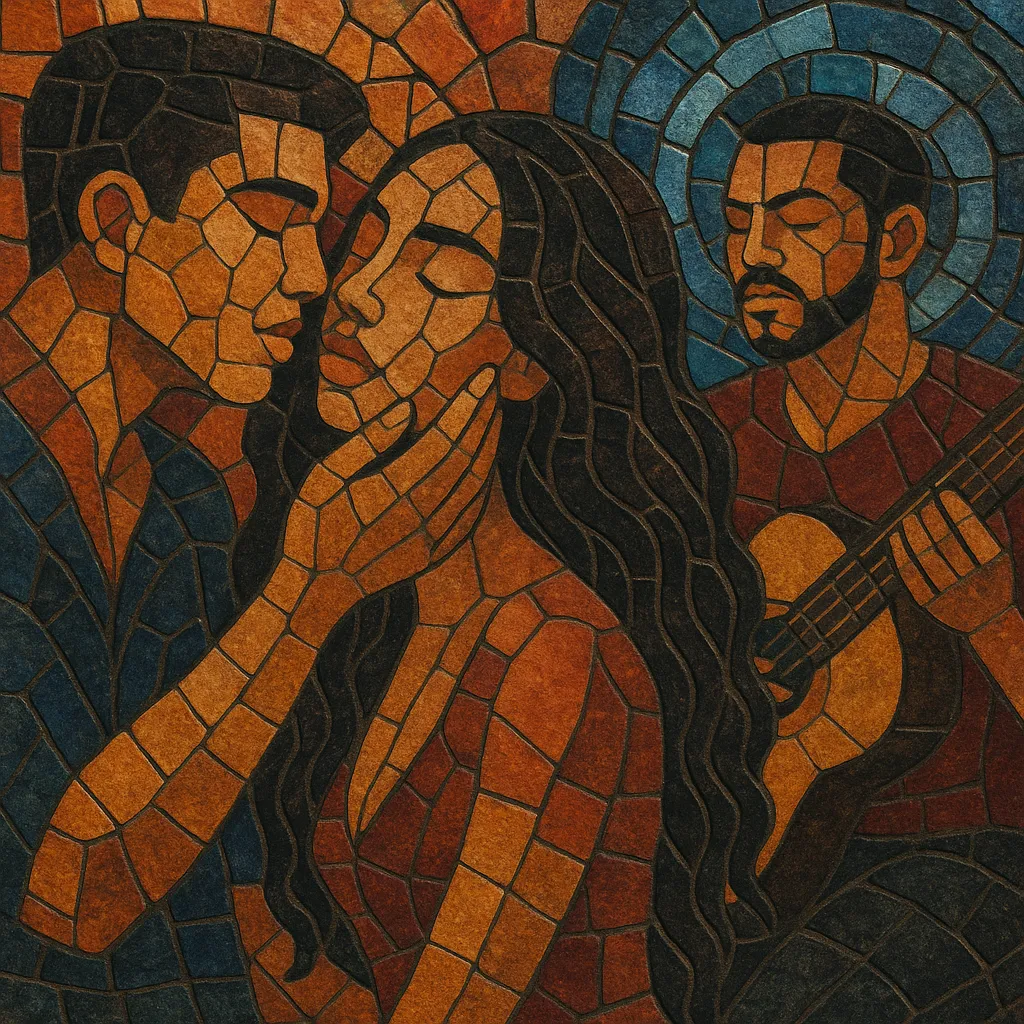Latin R&B blends the smooth vocal stylings, harmony-rich chords, and intimate storytelling of contemporary R&B with the rhythms, language, and melodic sensibilities of the Latin world. Typical productions feature half‑time trap/R&B grooves, lush pads, electric pianos, 808 bass, and syncopated percussion that nods to dembow, bachata, or bolero.
Sung largely in Spanish (often with Spanglish hooks), the genre centers on romance, desire, heartbreak, and late‑night introspection. Melisma, ad‑libs, and airy harmonies sit alongside minimalist beats, nylon‑string or clean electric guitar licks, and occasional samples from classic Latin styles. The result is a sensual, modern sound that bridges U.S. R&B aesthetics with Caribbean and Latin American rhythmic DNA.
Spanish‑language R&B ideas sporadically surfaced in Latin pop during the 1990s and 2000s (e.g., crooning influences, soul ballads). Within reggaetón’s early “flow romántico,” artists brought R&B vocal phrasing into urbano, laying a groundwork for a fuller R&B identity in Spanish.
The mid‑2010s streaming boom and bedroom production tools allowed a new wave of Latin artists to foreground R&B’s harmonic language and vocal approach while keeping Latin rhythmic signifiers. Viral singles and YouTube/SoundCloud drops showcased smoother, intimate tracks that contrasted with harder club‑oriented reggaetón and Latin trap.
By 2017–2019, a recognizable Latin R&B scene coalesced—particularly out of Puerto Rico and the Latin diaspora—marked by slow‑burn tempos, plush synths, nylon‑string guitar motifs, and emotive toplines. Hits by emerging voices popularized Spanish R&B tropes (stacked harmonies, falsetto hooks, confessional lyricism) across the urbano ecosystem.
In the 2020s, Latin R&B’s aesthetics permeated Latin pop, reggaetón, and Latin trap albums, with high‑profile collaborations, crossover chart success, and festival presence. The sound diversified regionally (Chile, Spain, Colombia, Panama, Puerto Rico, U.S. Latinx communities), while producers refined a palette that marries R&B chord colors with dembow‑derived percussion and 808‑driven minimalism.
Latin R&B is now a stable lane within urbano latino: intimate and melodic, bilingual at times, and flexible enough to absorb influences from afrobeats, bachata, bolero, and alternative pop—without losing its core R&B character.


